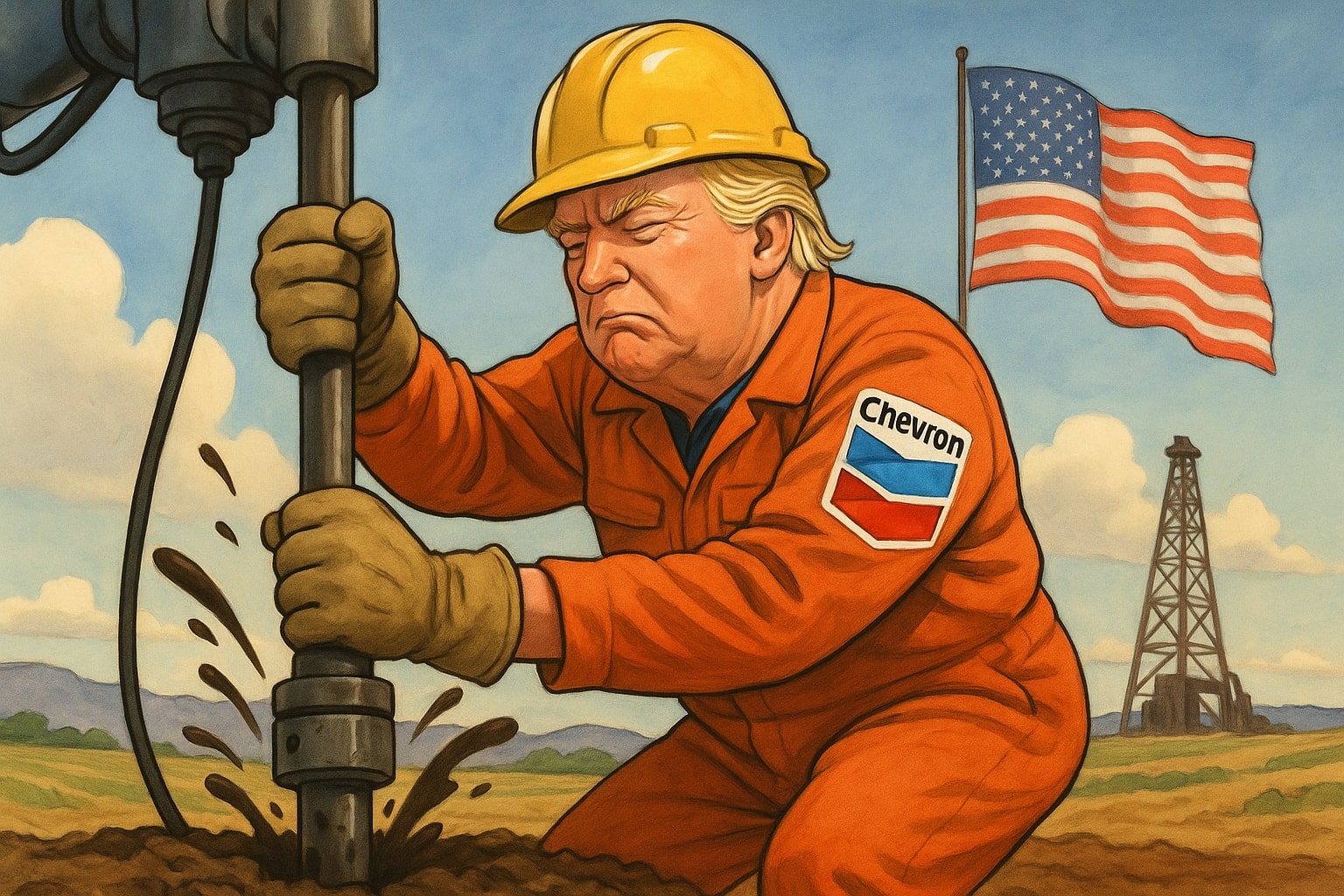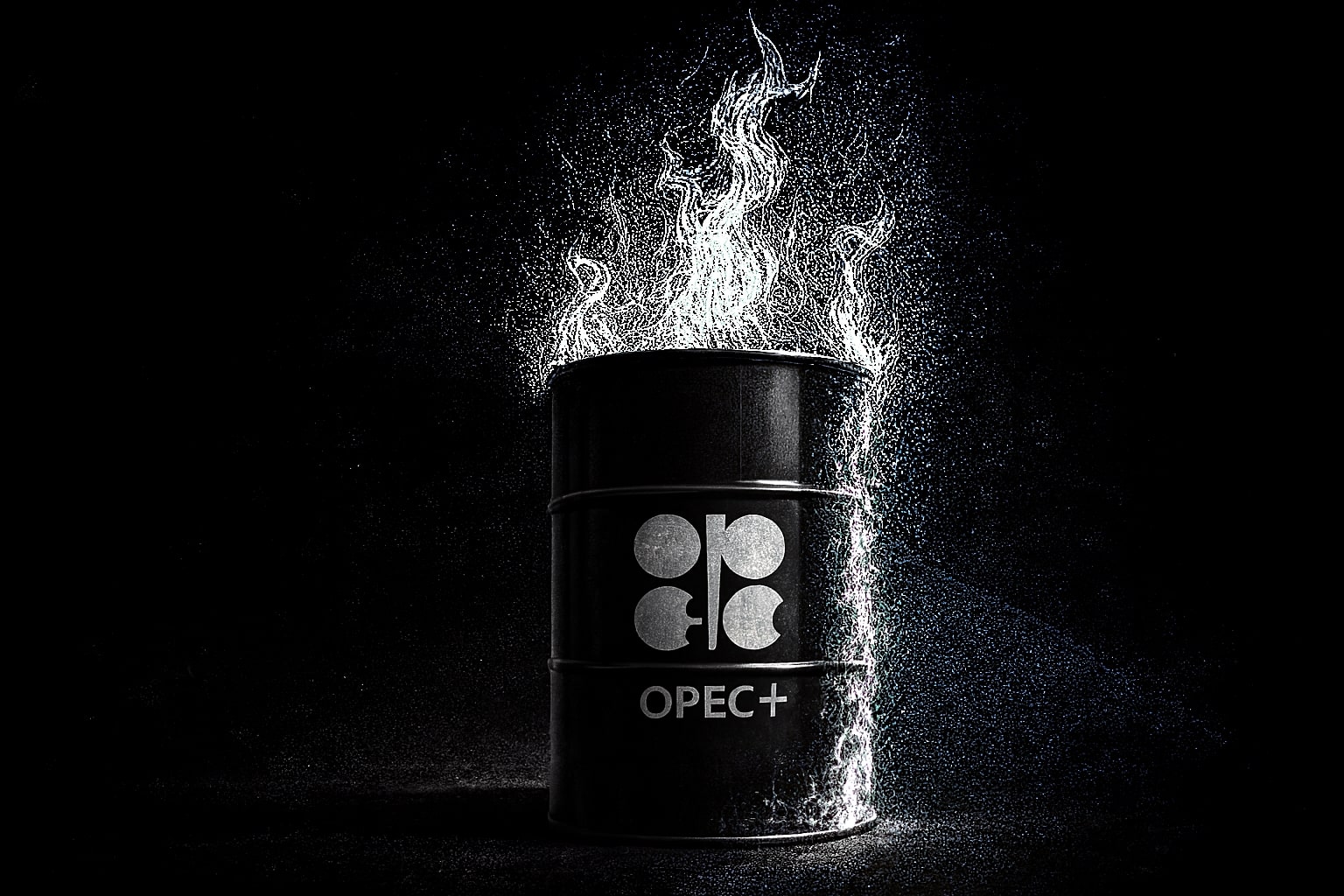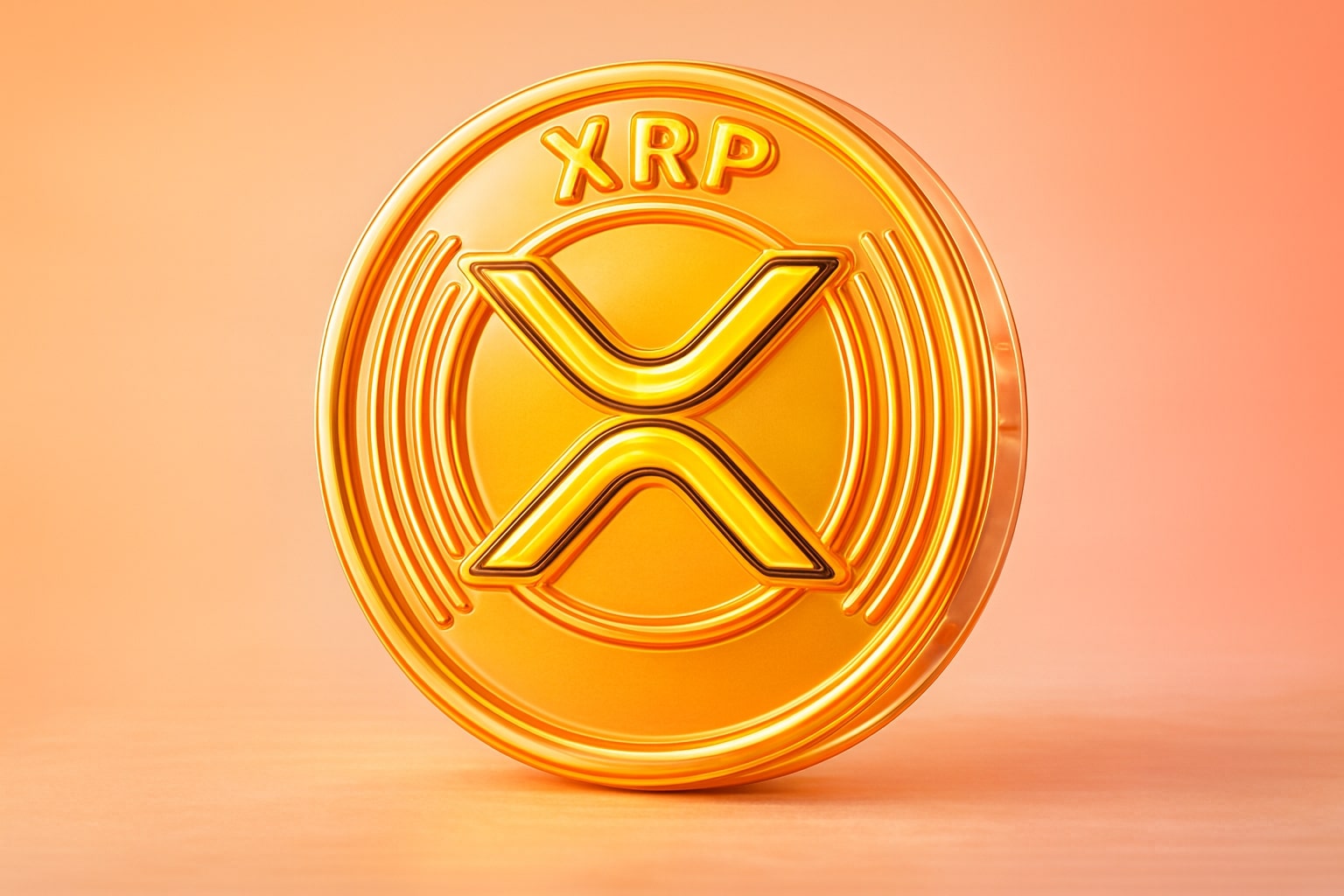Middle East Escalation Disrupts Oil Markets: Brent (BZ=F) and WTI (CL=F) Swing Amid Strait of Hormuz Tensions
Oil Price Swings Reflect Military Calculus, Not Supply Disruption
The latest oil price whiplash is a stark reflection of geopolitical posturing outweighing physical supply disruption—at least for now. West Texas Intermediate (CL=F) fell by nearly 6.5%, settling below $70, while Brent (BZ=F) dipped to around $72, erasing its five-month highs seen earlier in the day when Brent touched $81.40 and WTI surged as high as $78.40.
These sharp reversals followed Iran’s missile response to the U.S. airstrikes on three nuclear facilities, which turned out to be more symbolic than destructive. Iran appeared to intentionally target an empty U.S. base in Qatar, providing forewarning to prevent casualties. As a result, the market interpreted the action as a controlled escalation rather than a full-blown disruption of the region’s oil supply.
The pricing reaction underscores a market still tethered to sentiment over fundamentals. Traders momentarily feared a supply shock but reversed expectations once it became clear that the Strait of Hormuz—responsible for 20% of global oil shipments—remained open.
The Strait of Hormuz: Global Energy’s Fragile Artery
The central fear remains the potential closure of the Strait of Hormuz, the 33-kilometer-wide chokepoint through which over 21 million barrels per day of crude flow from Iran, Saudi Arabia, UAE, Kuwait, and Qatar. While Iran’s Parliament has voted to close the strait, any actual decision lies with Supreme Leader Ayatollah Ali Khamenei and the Supreme National Security Council.
Iran’s maneuvering through the strait signals it is aware of the economic risks. Tehran itself relies on these waters to export its 2 million barrels/day of crude to buyers like China. Several tankers, including the Coswisdom Lake and South Loyalty, altered course or anchored amid uncertainty, indicating heightened maritime caution without full obstruction.
Security analysts agree: Iran may harass individual tankers or launch limited attacks, but it lacks the capacity to shut the strait for an extended duration, especially with the U.S. Navy’s Fifth Fleet stationed in Bahrain. Yet even partial disruption could shock energy markets.
Goldman Sachs has already revised its worst-case outlook, suggesting Brent could spike to $110 if flows through Hormuz are halved for a month and drop 10% for a further eleven months. ING echoed this sentiment, noting that the market would flip to a deep deficit, contradicting prior assumptions of a supply surplus just two weeks ago.
Trump Pushes for Supply Surge: “DRILL, BABY, DRILL”
Amid the chaos, President Trump’s reaction was as immediate as it was blunt. Taking to Truth Social, he demanded the Department of Energy ramp up output, warning producers not to let prices spiral: “DRILL, BABY, DRILL!!! And I mean NOW!” He also warned: “EVERYONE, KEEP OIL PRICES DOWN. I’M WATCHING! YOU’RE PLAYING RIGHT INTO THE HANDS OF THE ENEMY.”
His outburst illustrates the domestic political pressure to prevent energy prices from inflating ahead of U.S. elections. However, the levers to quickly increase production are limited, and OPEC+ remains cautious in its response. Any meaningful surge would take weeks or months to reflect in supply chains.
Market Shrugs Off Geopolitics—For Now
The stock market’s reaction suggests confidence that escalation may not spiral. The S&P 500 rose 0.7%, the Nasdaq Composite gained 0.8%, and the Dow Jones moved up by 0.6%—a rally powered by falling oil prices. As CL=F and BZ=F declined, equities caught a tailwind, revealing investor belief that military action will stop short of full supply disruption.
However, Wall Street strategists remain cautious. Morgan Stanley’s CIO Mike Wilson noted that oil must spike 75% year-over-year—implying WTI would need to reach $120—before it meaningfully distorts equity markets. But others, including Citi’s Stuart Kaiser, warn that any renewed surge in energy costs could derail monetary policy and amplify inflationary risks.
Inflation Shock Looms if Oil Climbs Above $100
The global inflation outlook hinges significantly on oil stability. Capital Economics estimates that if oil crosses $100, inflation in advanced economies could rise by 1%, jeopardizing interest rate cut expectations. In the UK, CPI could jump back above 4%, derailing the Bank of England’s easing cycle.
Gasoline prices are already rising. UK average petrol is now 133.5p per litre, up 1.5p in a week, with diesel climbing 2p to 140p. Analysts warn that £1.55–£1.60 per litre could be next if Brent tests $100–$110. This echoes spring 2022 when Ukraine-related disruptions drove pump prices to all-time highs.
Energy-intensive economies across Asia and Africa, especially those dependent on Middle Eastern imports, are particularly exposed. They lack the financial buffers to absorb another oil shock, risking fiscal crises and social unrest.
In Europe, the gas market may suffer even more. LNG exports from Qatar and the UAE, which dominate UK and continental supplies, also transit through Hormuz. A prolonged disruption could send UK energy bills surging. Stifel’s Chris Wheaton warned of a £3,000–£4,500 cap—tripling average UK household bills if LNG inflows collapse.
Iran’s Tactical Play and Global Supply Redundancy
Despite parliament’s posturing, Iran seems to be taking a calculated approach. Analysts believe Tehran’s real strategy is short-term disruption without crossing red lines that would invite sustained U.S. retaliation. This explains the “face-saving” missile strike on an empty U.S. base, which had been preceded by airspace closures and shelter warnings.
Moreover, while Iran threatens escalation, it has also loaded tankers aggressively over the past week, suggesting a strategy to frontload exports in case of retaliatory blockades.
OPEC’s theoretical spare capacity offers little comfort. ING rightly points out that most of it is located in the Persian Gulf, rendering it vulnerable in any regional conflict. Unless alternative export corridors like pipelines into the Red Sea or Mediterranean can ramp up instantly—which they can’t—supply gaps may be unavoidable.
Energy Stocks, Global Indices Reflect Split Sentiment
While oil tumbled, Harbour Energy shares climbed 1%, reflecting investor interest in potentially higher margins should prices rebound. Oil majors like Shell and BP also saw modest gains despite FTSE 100’s dip of 0.2%, as sterling strength weighed on multinational earnings outlooks.
Meanwhile, FTSE 250 slipped by 0.1%, and the All Share Index lost 0.18%, highlighting the uncertainty priced into UK equity markets. Globally, investors appear split: hoping for de-escalation but hedging against a risk that remains far from resolved.
BUY / SELL / HOLD VERDICT: WTI (CL=F) and Brent (BZ=F)
Despite the recent 6% decline, the underlying risk premium in CL=F and BZ=F remains significant. The geopolitical threat is not priced out—it’s paused. Iran’s ability to cause disruption hasn’t been neutralized, only deferred. With Brent near $72 and WTI under $70, there’s asymmetrical upside risk if the Strait of Hormuz is even partially blocked or if retaliatory cycles resume.
From a tactical perspective, this correction is an opportunity, not a reason to exit. Energy stocks with upstream exposure and physical oil contracts stand to gain significantly from even modest supply shocks in this volatile corridor.
Verdict: BUY WTI (CL=F) and Brent (BZ=F) on dips below $70 and $72, respectively. Short-term consolidation is likely, but the next upward move could be swift, violent, and driven by missiles—not macro data.




















